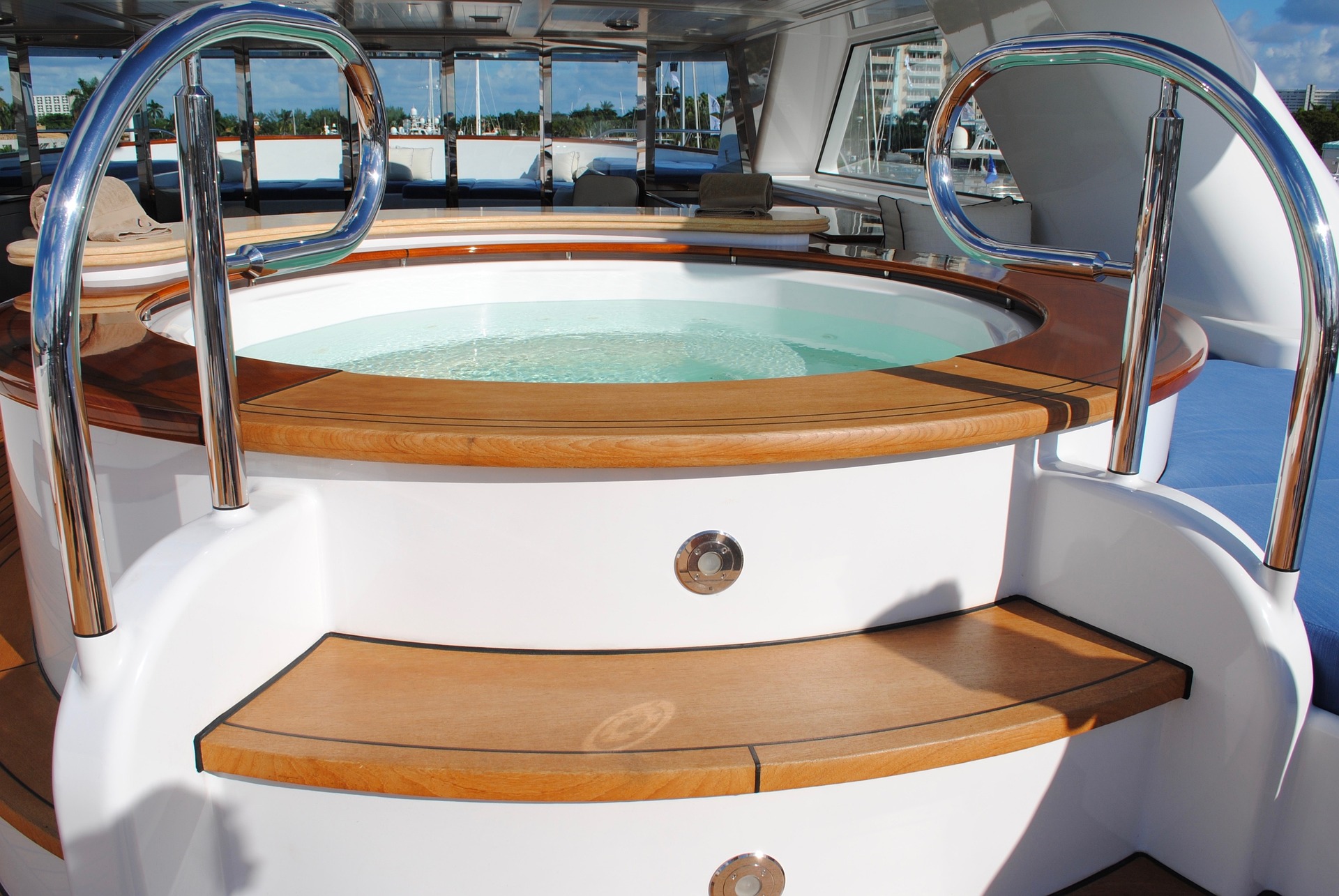Alternatives to Dentures: Exploring Invisible Denture Options
For those seeking tooth replacement solutions, traditional dentures have been a standard option for decades. However, advances in dental technology have introduced several alternatives that offer improved comfort, aesthetics, and functionality. Invisible dentures represent one of the most significant innovations in this field, providing patients with options that are less noticeable and more comfortable than conventional dentures. This article explores invisible dentures and other modern alternatives to traditional denture solutions.

What Invisible Dentures Are and How They Work
Invisible dentures, also called implant-supported dentures or overdentures, represent a hybrid solution between traditional dentures and dental implants. Unlike conventional dentures that sit on the gums and may be removed easily, invisible dentures are anchored to the jawbone using dental implants. These titanium posts are surgically placed into the jawbone and serve as artificial tooth roots. After a healing period of several months during which the implants fuse with the bone (osseointegration), a custom-made denture is attached to these implants.
The denture snaps onto the implants using special attachments, providing stability and preventing slippage during eating or speaking. This system eliminates the need for messy adhesives typically associated with traditional dentures. The anchoring mechanism ensures that invisible dentures stay firmly in place while allowing for easy removal for cleaning purposes.
Benefits of Choosing Invisible Dentures for Daily Wear
Invisible dentures offer numerous advantages over traditional options, making them increasingly popular for daily wear. The most notable benefit is enhanced stability. Because they are anchored to implants, these dentures don’t shift or move during eating or speaking, which significantly increases user confidence. This stability also allows wearers to bite with greater force—up to 80% of the force possible with natural teeth, compared to roughly 20-25% with conventional dentures.
Aesthetically, invisible dentures provide a more natural appearance. The implant support prevents the bone resorption (shrinkage) that typically occurs with traditional dentures, helping maintain facial structure and preventing the collapsed look that can develop over time with conventional options. Additionally, these dentures can be designed without the palatal coverage required by full upper traditional dentures, which means better temperature sensation and taste experience when eating.
Comfort represents another significant advantage. Without the bulky plastic covering the roof of the mouth, invisible dentures feel more natural. The secure fit also eliminates the gum irritation that often results from shifting traditional dentures.
How Invisible Dentures Enhance Speech and Chewing Ability
One of the most frustrating aspects of traditional dentures is their impact on speech and eating. Conventional dentures can slip when speaking, causing embarrassing clicks, whistles, or mumbling. Invisible dentures eliminate these issues by remaining securely in place. The stability provided by implant anchoring allows wearers to pronounce words clearly without fear of denture movement.
Chewing efficiency improves dramatically with invisible dentures. While traditional denture wearers often must avoid many hard or sticky foods, those with implant-supported options can enjoy a much wider variety of foods. This improved chewing ability has significant nutritional benefits, as wearers can consume more fiber-rich foods, fresh fruits, and vegetables that might be difficult with conventional dentures.
The enhanced chewing capability also contributes to better digestion, as food is more thoroughly broken down before swallowing. Many patients report that after switching to invisible dentures, they experience fewer digestive issues that were previously caused by inadequately chewed food.
Future Trends in the Development of Invisible Dentures
The field of invisible dentures continues to evolve with emerging technologies promising even better solutions. Digital dentistry, including 3D printing and CAD/CAM technology, is revolutionizing how these prosthetics are designed and manufactured. These advances allow for more precise fit, faster production times, and potentially lower costs as the technology becomes more widespread.
Materials science is another area of innovation, with researchers developing biocompatible materials that are stronger, lighter, and more natural-looking than current options. Some experimental materials even incorporate antimicrobial properties to reduce the risk of infections around implants.
Mini dental implants represent another promising trend. These smaller-diameter implants can sometimes be placed in patients with insufficient bone density for traditional implants, potentially expanding the population who can benefit from implant-supported dentures without requiring bone grafting procedures.
Other Modern Alternatives to Traditional Dentures
While invisible dentures offer significant improvements over traditional options, they’re not the only alternative available. All-on-4 or All-on-6 implants provide a permanent solution where a full arch of prosthetic teeth is attached to four or six strategically placed implants. Unlike invisible dentures, these are fixed and cannot be removed by the patient.
| Denture Alternative | Removability | Average Cost Range | Key Benefits |
|---|---|---|---|
| Invisible Dentures (Implant-Supported) | Yes, by patient | $5,000-$15,000 per arch | Stability, comfort, preserves bone |
| All-on-4/All-on-6 | No, fixed | $20,000-$35,000 per arch | Permanent solution, most natural function |
| Snap-in Dentures | Yes, by patient | $4,000-$10,000 per arch | Lower cost entry to implant solutions |
| Dental Bridges | No, fixed | $2,000-$5,000 (3-unit bridge) | No surgery for some types, preserves aesthetics |
| Flexible Dentures | Yes, by patient | $1,000-$2,500 per arch | More comfortable fit, less noticeable clasps |
Prices, rates, or cost estimates mentioned in this article are based on the latest available information but may change over time. Independent research is advised before making financial decisions.
For those seeking a middle ground between traditional dentures and full implant solutions, flexible dentures made from thermoplastic materials offer improved comfort and aesthetics over conventional acrylic dentures. These dentures adapt more readily to the contours of the mouth and are less likely to cause sore spots.
Conclusion
Invisible dentures and other modern alternatives have transformed the landscape of tooth replacement options. These solutions address many of the limitations of traditional dentures by offering improved stability, comfort, aesthetics, and functionality. As technology continues to advance, we can expect even more innovative solutions that further enhance quality of life for those requiring dental prosthetics. When considering alternatives to conventional dentures, consulting with a dental professional can help determine which option best suits individual needs, preferences, and budget.
This article is for informational purposes only and should not be considered medical advice. Please consult a qualified healthcare professional for personalized guidance and treatment.




